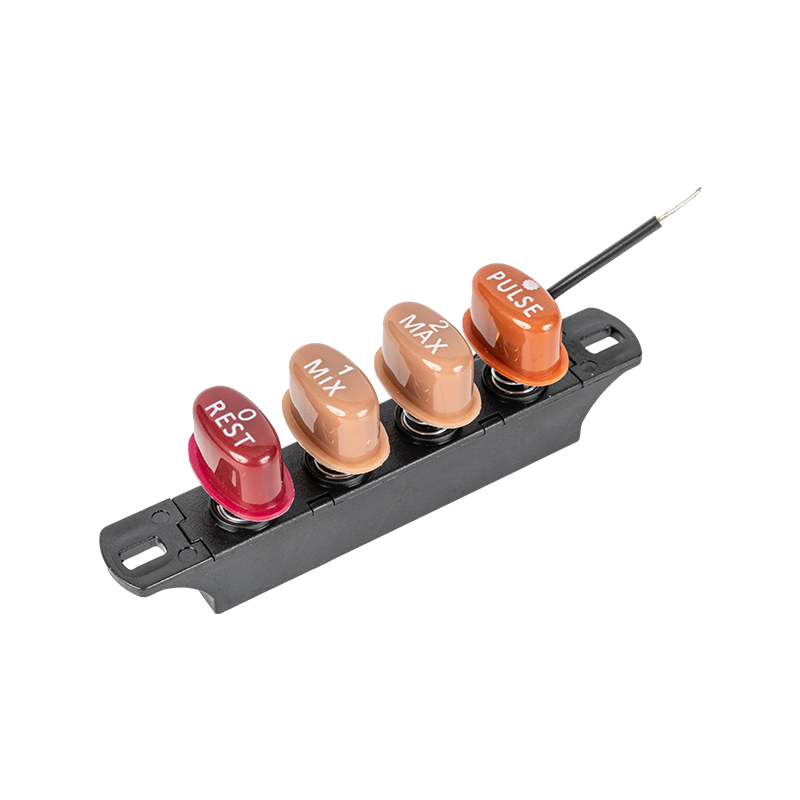Provide you with the latest enterprise and industry news.
1. Audio signal management: Blender Switch is a powerful audio mixing tool that can handle multiple audio sources simultaneously, including instruments, microphones, synthesizers, computer audio, and more. Audio professionals can use Blender Switch to integrate audio signals from these different sources for subsequent processing and mixing. For example, in a recording studio environment, music producers can integrate the audio inputs of various instruments into the mixing console through Blender Switch, enabling mixing and post-production in a more orderly and efficient manner.
2. Switching and Mixing: One of the core features of Blender Switch is the ability to switch and mix multiple audio signals with precision. This is key to the mixing process, as audio professionals can adjust the volume, balance, and mix ratio of each input signal to create the desired sound. For example, in music production, when it is time to switch between the chorus and interlude of a song, Blender Switch can help music producers make a smooth transition, ensuring that listeners hear a seamless audio experience.
3. Mixing effects: Blender Switch is more than just an audio switcher, it can also apply a variety of mixing effects to improve audio quality and adjust sound. Users can customize the sound characteristics of their audio using built-in equalizer, attenuation, volume balance and mix effects in Blender Switch. This allows audio professionals to apply different effects to each audio source to create diverse sounds. For example, they can use an equalizer to adjust the volume of different frequency ranges, or a reverb effect to enhance the sense of space in the sound.
4. Real-time mixing: Blender Switch usually supports real-time mixing, which means that audio signals can be mixed and processed in real-time playback. This is important for live music performances, live radio broadcasts and real-time recordings. For example, at a concert, a sound mixer can use Blender Switch to manage and mix the audio signals of different instruments to ensure that concert listeners receive a clear and balanced sound.
5. Multi-channel mixing: Blender Switch often features multi-channel mixing capabilities, which enables audio professionals to mix multiple audio signals simultaneously. This is critical for multi-track recording and mixing projects, as it allows each audio track to be processed independently for the best possible sound. For example, in film post-production, sound designers can use Blender Switch to mix and process dialogue, sound effects, and music tracks for different characters to create a richly layered sound track.
6. Audio Quality Control: Blender Switch also allows users to monitor audio quality, including volume levels, peaking, and distortion. This is very important to ensure high quality and distortion-free output audio. For example, in professional audio recording, sound engineers can use Blender Switch to monitor the peaks of audio signals to ensure that no clipping or audio distortion occurs.
7. Post-processing: Blender Switch can usually be integrated with other audio processing equipment and software, such as equalizers, compressors, reverberators, etc. This enables audio professionals to further refine and tailor audio signals to meet specific audio production needs. For example, in audio post-production, mixers can use Blender Switch in conjunction with equalizers and compressors to adjust the dynamic range and audio characteristics of the audio signal.
Blender Switch

Blender Switch


 EN
EN English
English 中文简体
中文简体







